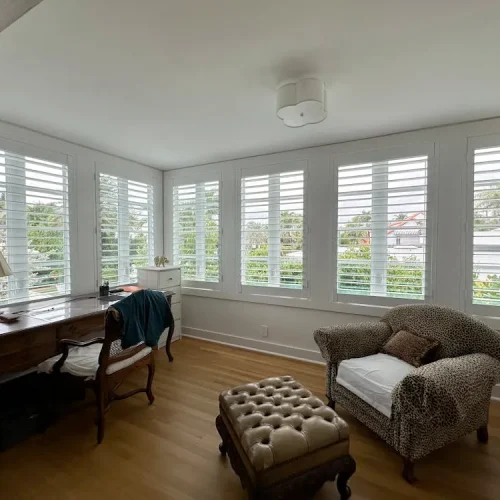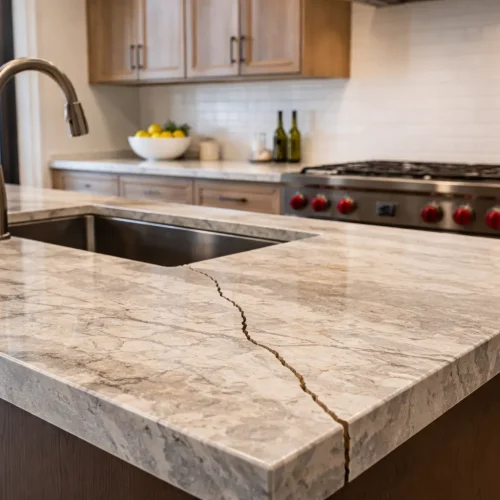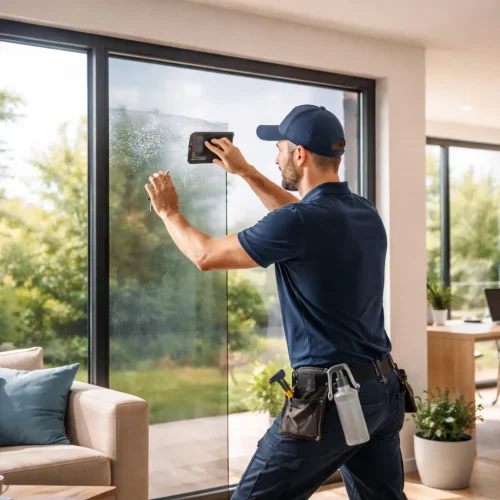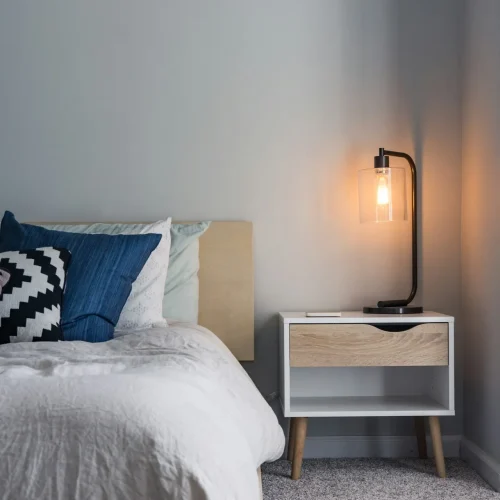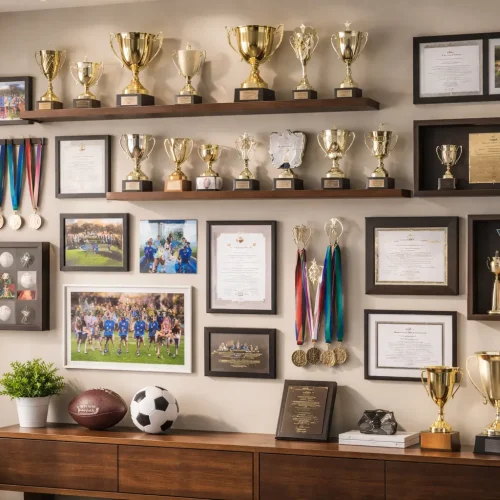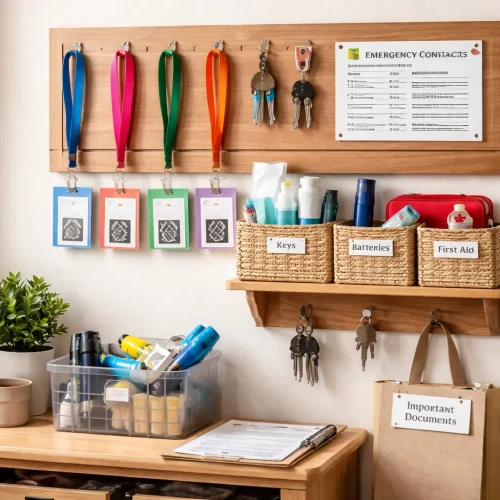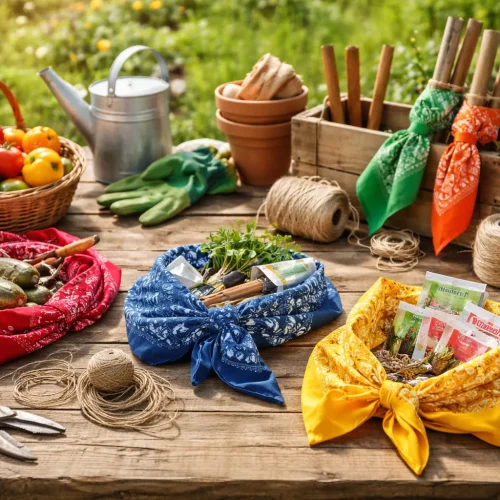
Painting at home is more than decoration; it is a quiet invitation to pause. Work deadlines, screens, and household chatter often erode personal reflection. Placing a sheet of paper on the kitchen table and moving color across its surface reclaims a few precious minutes of calm. Training or costly tools are not prerequisites. What matters are curiosity and the willingness to watch pigment meet water. That meeting slows thought, anchors breathing, and builds a private dialogue no one else needs to read. With repetition, the practice strengthens attention, lifts mood, and offers visible proof of inner life. This article shares practical steps for reigniting creativity, shaping a supportive routine, and tapping the emotional rewards painting can deliver to any household.
Rediscovering Creativity Through Everyday Art
Many adults left art class behind the day they graduated, telling themselves they lacked talent. Obligations piled on, and creative play slipped to the back of the cupboard. Yet the urge to shape color never disappears; it waits patiently for a fresh chance. Picking up a brush after a long break demands courage, though the first step is simply granting permission to fail. Imperfect marks soon reveal that delight lives in the process, not the verdict.
Letting Go of Perfection
Early lessons often insisted on tidy outlines and lifelike likenesses. Those rules can feel like iron gates. Replace them with experiments: splash watercolour across the page, paint with the non-dominant hand, or close your eyes while drawing a household object. Surprising textures emerge, and critical voices fade. Fear of failure melts when creativity is seen as personal expression, not public display. Allowing yourself to paint badly can be the most freeing act. That’s where play re-enters the picture, bringing curiosity along with it.
Repetition and Play
Simple patterns—dots, lines, wavy bands—carry a meditative rhythm. Repeating those shapes settles breathing and frees thoughts to wander. Over several sessions the page fills with layered textures that hint at landscapes, storms, or woven cloth, all born from playful muscle memory. These recurring motifs become visual signatures. No two people draw circles or paint stripes the same way. That uniqueness is the artist’s fingerprint. It’s not about crafting a masterpiece, but about enjoying the act of making.
Finding Subjects at Home
In every room, an overlooked story waits. A chipped mug catches morning light; a trailing pothos leaf arcs like calligraphy. Painting the familiar deepens appreciation for objects often ignored. It also removes the pressure to hunt for exotic scenes, letting the painter focus on colour, shape, and mood. The ordinary becomes poetic when viewed with attention. Noticing how the light shifts across your sofa or how a vase casts a shadow may spark a whole composition.
Practicing Regularly
Creativity benefits from rhythm. Even if the brush only touches paper once a week, keeping the door open to practice preserves momentum. Over time, your hand steadies, your eye sharpens, and confidence builds. Begin with short, informal sketches before graduating to larger work. Set no goal except showing up.
Quick Ideas to Spark a Session
- Sketch the outline of a breakfast fruit, then exaggerate its hues.
- Trace shadows cast by blinds onto paper and fill each segment with a different palette.
- Create a color chart using spices from the kitchen as loose inspiration.
- Paint something while listening to music, translating rhythm into marks.
- Use only two colors to express the mood of your day.
Simple Ways to Paint with Purpose at Home
Starting a consistent practice often fails when setup feels daunting. A reliable spot, decent light, and water for brushes form the core essentials. With that modest kit, painting slips easily into evenings or quiet weekend mornings, turning routine into ritual. Painting becomes less about inspiration striking and more about making space for it. A good setup removes excuses and signals to the mind that creative work is welcome here, even in small daily doses.
Create a Dedicated Spot
Claim a windowsill, fold‑out desk, or rolling cart. Keeping brushes upright, paints sealed, and paper flat means no scramble for supplies when inspiration taps the shoulder. A small speaker or playlist can signal the brain that painting time has started. Keep your space flexible but inviting. Adding a plant, candle, or art book nearby can help set the mood without overcomplicating your station. Let it feel like a nook built just for personal expression.
Choose a Friendly Medium
Watercolour welcomes soft gradients and happy accidents. Acrylic dries quickly for brisk layering. Gouache offers solid, velvety color without shine. Testing travel‑sized sets helps hands learn how each pigment behaves, making the final choice feel natural. Think about what matches your temperament: those who enjoy loose, flowing techniques may prefer watercolor, while methodical painters might lean into acrylic. Don’t overthink it—choose what feels good and go with that.
Guided Kits for Confidence
Structure removes planning stress. The best custom paint by numbers collections turn cherished photographs into lightly printed canvases. Matching coded areas with prepared pigments creates momentum while preserving personal meaning. Beginners finish with an image that feels uniquely theirs without stumbling over composition. These kits provide a satisfying end result with built-in steps, which is perfect when confidence needs a gentle boost. They are especially comforting for people unsure where to start but eager to create something meaningful.
Make Practice Stick
Small habits grow roots. Set a timer for fifteen minutes. When it rings, decide whether to stop or keep going. Short bursts train the mind to enter creative focus quickly. Posting a calendar near the painting station and marking each completed session builds visual proof of consistency. Think of painting as brushing your teeth—low-pressure, regular, and tied to overall well-being. Avoid treating it like a chore; instead, treat it like a pause worth returning to.
Budget‑Friendly Supply Tips
- Repurpose jam jars for brush cleaning.
- Tear cereal boxes into palettes.
- Clip paper to a cardboard backing from delivered parcels for an instant board.
- Use washable tablecloths to protect furniture and make cleanup easier.
- Try student-grade paints when getting started—they’re affordable and flexible.
Art as a Path to Wellness and Self‑Discovery
Beyond color theory or perspective tricks, painting offers gentle therapy. Brushstrokes slow heart rate, pigment choices echo emotion, and each layer preserves thoughts that never reach a diary. The canvas or page becomes both a mirror and map, charting states of mind through line and hue. Unlike journaling, which requires words, painting relies on instinct and rhythm, bypassing analysis. For many, it becomes a form of personal meditation—calming the mind while giving voice to experiences that resist explanation.
Mindful Movement
Palette in one hand, brush in the other, the painter hears water swirl, feels wooden handle against fingers, and watches liquid color bloom across the fibre. These sensations pull attention away from scrolling feeds and toward the present moment. Painting invites pause. Focusing on texture or watching pigment bleed into paper guides awareness back into the body. These repetitive movements cultivate a kind of grounded alertness that becomes easier to access with each session.
Emotion in Colour
Fiery reds shout confidence, while soft greys murmur fatigue. Selecting a palette often speaks louder than words. Tracking color choices over weeks can reveal mood patterns, offering gentle self‑feedback without judgment. Choosing warm colors on a hard day might be your way of seeking comfort. Reaching for blues during moments of peace may surprise you. These choices aren’t scientific—they’re emotional weather reports painted in real-time.
Growing Confidence
Finishing even a postcard‑sized piece proves the capacity to start and conclude something personal. That experience often spills into work decisions, parenting puzzles, and creative projects beyond the easel. As skill grows, so does self‑trust. Mistakes no longer feel like proof of failure—they become part of the story. Completion matters more than polish. Over time, your body will remember the rhythm, and your voice—whether abstract or literal—will emerge with less hesitation.
Shared Experiences
Hanging a small painting near the hallway mirror invites conversation. Friends ask questions; children imitate techniques; partners suggest themes. Art becomes a social thread that mends isolation. It’s also a bridge between generations. Grandparents and kids can paint side-by-side with equal joy. Whether gifting a painting or swapping it with a friend, shared creativity leaves both parties changed in quiet, lasting ways.
Simple Wellness Prompts
- Paint a single color that matches today’s energy and label the date on the back.
- Use broad horizontal strokes while breathing out, and thin vertical lines while breathing in.
- Swap paintings with a friend once a month and discuss discoveries over tea.
- Create a series of mood-based abstracts and track how they shift week to week.
- Use a palette knife or fingers instead of a brush to change how the expression feels.
Conclusion
Painting at home turns ordinary minutes into reflective minutes. It welcomes clumsy strokes, celebrates small triumphs, and sprinkles color across busy schedules. Whether guided by treasured memories on custom paint by numbers canvas or freehand gestures racing across blank paper, each session gives space to breathe and notice. Start with one brush, one hue, and fifteen quiet minutes. The practice will expand naturally, bringing calm, curiosity, and renewed wonder with every fresh layer.


